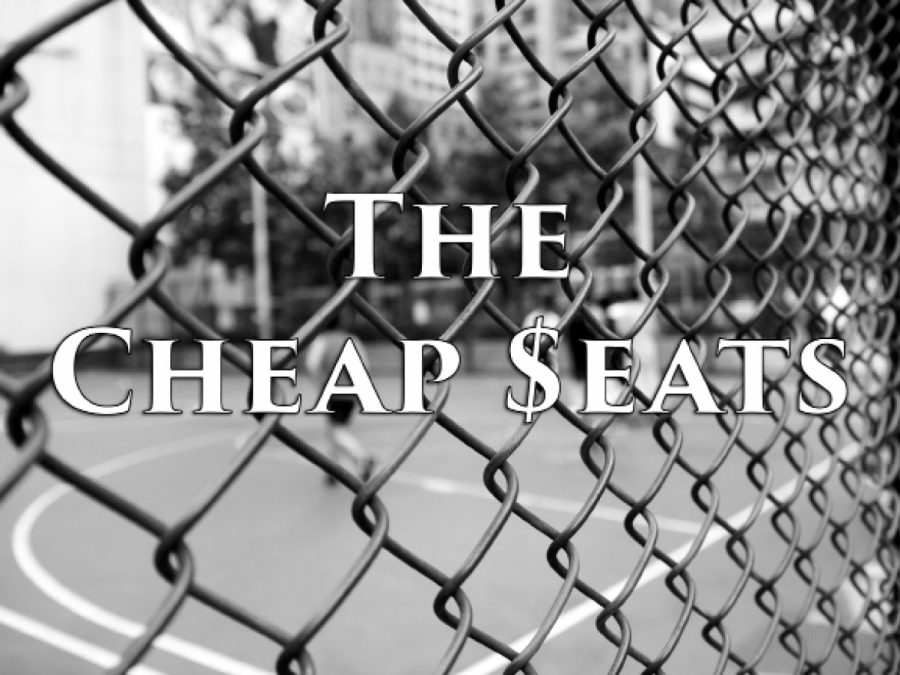Cheap Seats: It’s time for robot umpires (not for the reasons you might think)
For several years baseball has had a box on tv which shows viewers where the strike zone is and whether a given pitch was correctly called a strike or a ball in real time.
Since that time, fans, players and pundits alike have called for the strike zone to be automated eliminate the roving strike zone, which varies night to night depending on the umpire.
It’s time for Major League Baseball to implement the automated strike zone, but not for the reasons one might think.
It’s time because baseball is in a crisis of the ball not being put in play, and games are dragging on with little action because every at bat feels like it ends in a walk, strikeout or home run.
A robot strike zone is a potential solution to this problem.
An article by cbssports.com stated that in 2018, the rate of balls being put in play has dropped every year since 2005, with the exception of 2015 where is stayed the same. Strikeout and walk rates have increased every year as well.
How will an automated strike zone help this situation? Simple: big league hitters have such an incredible ability to see the ball and know whether it should be a strike or a ball. Yet every night, the strike zone seems to change, causing them to “protect” pitches that are close rather then watch them pass with confidence.
Give major league hitters half a season with a perfectly consistent strike zone night after night and you will begin to see offensive numbers and balls being put in play increase, and it may likely be a drastic jump.
Hitters will no longer have to fear an umpire who calls a low strike one time and not the next. They won’t have to fear an umpire missing a strike call early in an at-bat only to give the pitcher a makeup call later in the same at-bat for strike three.
Personally, I love the floating strike zone. I love the idea that players have to scout umpires, worry about retribution if they argue too much and knowing that their reputation in the game helps determine the strike zone they may get.
Even more, I love the art of catchers framing pitches to help their pitcher and to trick the umpire into thinking a ball was a strike based on their skillful snatching and subtle freezing of the ball in place.
But if a consistent strike zone can help hitters deal with the onslaught of relievers who come in inning after inning throwing 98 m.p.h. and give them the advantage of knowing exactly what a strike is, then it is a small move that Major League Baseball should make.
Because there is so much more to the game to be enjoyed then a strike out, walk or home run. Watching superb athletes make plays in the field has always been the most fun and awe inspiring part of watching the game on a day to day basis. Perhaps a set strike zone is part of the answer to more balls being put in play.

